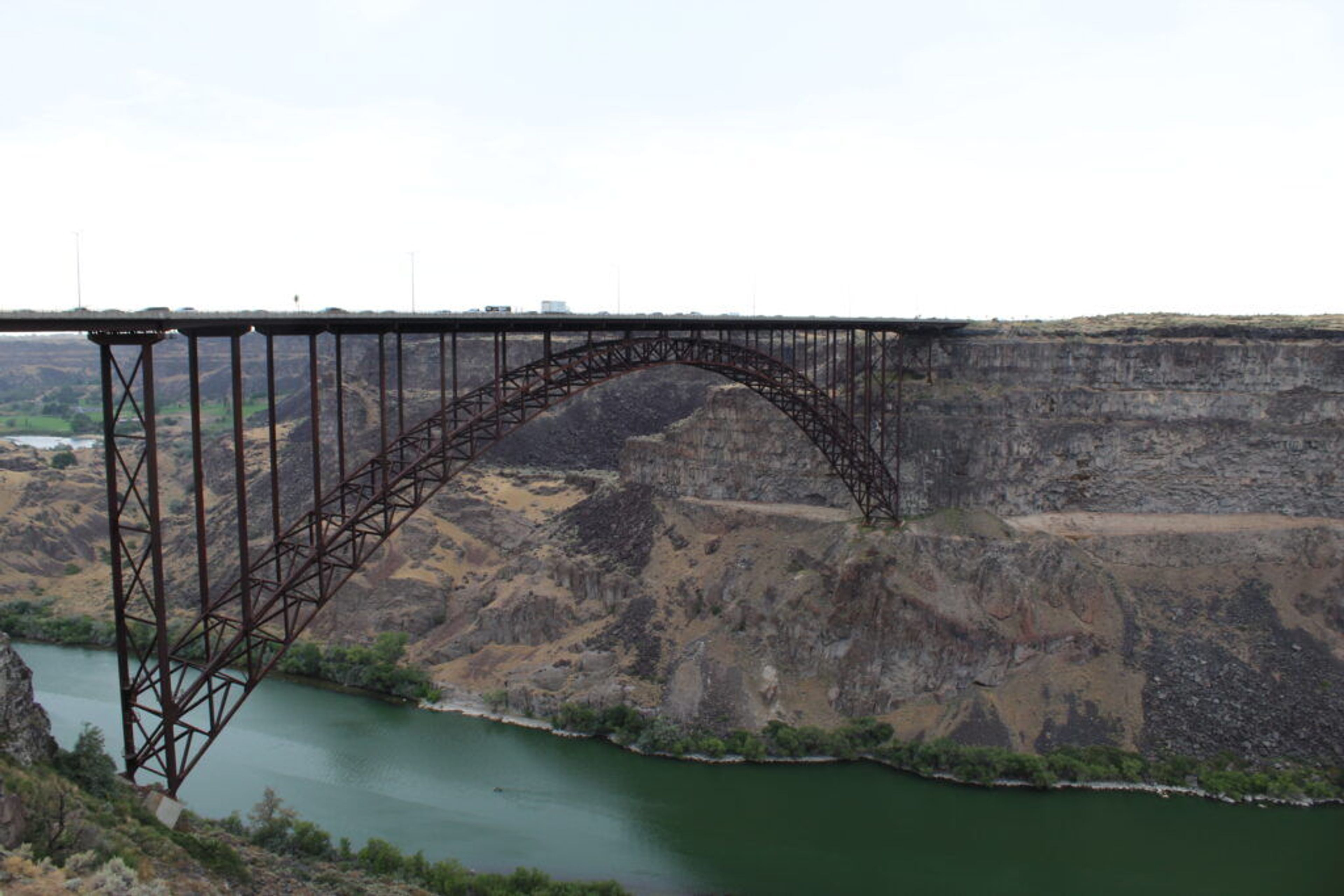Gov. Little seeks $6.6M for state’s response to invasive quagga mussels
In September, state officials detected larvae in the Snake River near Twin Falls
BOISE — Idaho Gov. Brad Little is asking for almost $6.6 million in the Idaho Department of Agriculture’s fiscal year 2025 budget to continue the state’s response to invasive quagga mussels detected last year in the state’s longest river.
In September, Idaho Department of Agriculture officials announced they had detected invasive quagga mussel larvae in the Snake River near Twin Falls. Quagga mussels are an invasive, nonnative species that reproduce rapidly. Quagga mussels are capable of clogging drain pipes used for drinking water or irrigation and can overwhelm the hulls of boats and other watercraft, state officials have said.
The Idaho Legislature’s Joint Finance-Appropriations Committee discussed the quagga mussel funding request on Thursday during the Idaho Department of Agriculture’s fiscal year 2025 budget hearing at the Idaho State Capitol in Boise.
Idaho Department of Agriculture Director Chanel Tewalt told JFAC the department would use the new funding to pay for two new full-time positions, 18 temporary positions, double water monitoring and sampling activities and increase the number of wash stations.
“Now that we have found quagga mussels in the Snake (River), we will have a really robust presence on the river,” Tewalt said during the budget hearing. “We wanted the river to open back up, because folks love it, and get them back on the water. That means that we are going to have to clean every single boat, raft and kayak that comes off that water.”
Under Little’s request, $5 million is a one-time request for fiscal year 2025 and the remaining $1.6 million would be ongoing.
The funding would be new funding, and was not included in the bare bones, “maintenance of current operations budgets” that the Joint Finance-Appropriations Committee set for nearly every state agency on Monday.
After discovering quagga mussels in September, state officials asked the public to stay out of the water near the affected areas, set up free hot wash stations to clean boats and watercraft and used a copper-based chemical called Natrix in a 16-mile section of the Snake River in an attempt to kill and eliminate the quagga mussels, the Idaho Capital Sun previously reported.
State officials previously said the copper chemical began killing quagga mussels within 48 hours of it being introduced into the river, but they won’t know if they successfully killed all of the quagga mussels until the weather warms up and they resume water sampling.
While they don’t know if they killed all the invasive mussels, state officials did announce that the chemical used to kill the mussels also killed thousands of fish that floated to the surface of the river, including sturgeon up to 35 years old.
The Joint Finance-Appropriations Committee did not act on the funding requests for the quagga mussels response on Thursday. The Idaho Department of Agriculture’s fiscal year 2025 budget may be set on Jan. 26, the next date JFAC has set aside for budget setting on its schedule.










